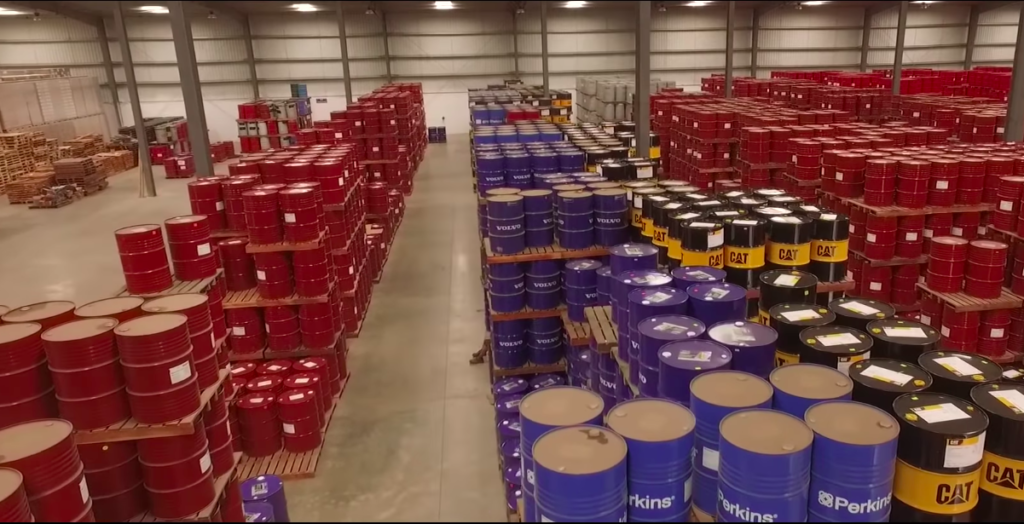
Warehouse management is a crucial aspect of the supply chain and logistics industry, especially in a rapidly developing country like India. With the growth of eCommerce and online retail, efficient warehouse management is becoming more important than ever before.
However, the current state of managing a warehouse in Ahmedabad presents numerous challenges, including outdated technology and inadequate infrastructure. In this blog post, we will discuss the potential for unlocking warehouse management in India, exploring the challenges faced and the solutions available.
Current State of Warehouse Management in India
One of the major challenges faced by the warehouse management industry in India is the lack of adequate infrastructure. Every warehouse in Kheda is located in areas that are difficult to access, making transportation and logistics challenging. This lack of infrastructure also makes it difficult to implement automated systems, which could gently improve warehouse efficiency.
Another challenge faced by the industry is the shortage of skilled labor. Every warehouse in Nagpur relies on manual labor, which can be both time-consuming and inefficient. A lack of skilled labor also means that there is often a shortage of qualified personnel to manage and operate automated systems, further exacerbating the problem.
Compared to global standards, warehouse management practices in India lag behind in terms of technology and automation. This not only reduces efficiency but also increases the risk of errors and delays. As a result, businesses are forced to deal with higher costs and longer lead times, negatively impacting customer satisfaction and overall profitability.
Solutions for Unlocking Warehouse Management Potential in India
One of the most effective solutions for unlocking the potential of warehouse management in India is the integration of technology. Automation and robotics can greatly increase efficiency and productivity, while IoT and Big Data analytics can provide valuable insights and help identify areas for improvement. Cloud computing can also be used to provide real-time information about inventory levels and shipping status.
Another important solution is the development of a skilled workforce. This can be achieved through training programs and industry-academia collaboration. Providing workers with the necessary skills and knowledge to operate and manage automated systems will not only improve efficiency but also create more job opportunities in the industry.
Government support and policies can also play a key role in unlocking the potential of managing a warehouse in Kheda. Foreign Direct Investment (FDI) in logistics and warehousing can provide the necessary funding for infrastructure development, while tax incentives and exemptions can encourage businesses to invest in technology and automation.
Also Read: Uncovering the Secrets of India’s Most Successful Warehouse Companies
Benefits of Improved Warehouse Management
Improved warehouse management practices have numerous benefits. It includes enhanced efficiency and productivity, cost savings, improved customer services, and environmental sustainability. Implementing automated systems and integrating technology enables businesses to reduce lead times, minimize errors and delays, and increase overall efficiency. This, in turn, can lead to significant cost savings and improved customer satisfaction.
Additionally, improved management of warehouse in Ahmedabad can also lead to better inventory control and management. With real-time data and analytics, businesses can track inventory levels, monitor demand patterns, and optimize inventory levels to reduce waste and storage costs. This also enables businesses to respond quickly to changes in demand, ensuring that they have the right products in stock at the right time.
Moreover, improve warehouse management practices can also have a positive impact on the environment. Reducing waste, optimizing transportation routes, and minimizing energy usage enables businesses to significantly reduce their carbon footprint. This not only benefits the environment, but also enhances the company’s reputation among environmentally conscious customers and stakeholders.
Finally, efficient warehouse management practices can also help businesses to stay competitive in a rapidly evolving market. With the rise of eCommerce and online retail, consumers expect faster delivery times and more personalized service. Implementing automated systems and integrating technology allows businesses to meet these expectations and stay ahead of the competition.
Conclusion
Improving warehouse management practices in India has the potential to unlock numerous benefits for businesses and the economy. Investing in technology, developing a skilled workforce, and providing government support helps the warehouse in Nagpur to improve efficiency, reduce costs, and enhance customer satisfaction while also promoting environmental sustainability and driving economic growth. It’s time to unlock the full potential of warehouse management in India and take the industry to new heights.